ILM’s new Mixed Reality Playset is available on Meta Quest 3 and 3S headsets.
From the team that brought you Vader Immortal and Tales from the Galaxy’s Edge comes ILM’s next bold chapter in interactive Star Wars storytelling: Star Wars: Beyond Victory – A Mixed Reality Playset. Now, you can start this adventure yourself on the Meta Quest 3 and 3S headsets.
Set during the Reign of the Empire, Beyond Victory introduces players to an original story that blends the thrilling world of podracing, a stellar cast, powerful narrative and mixed reality play. To celebrate the launch, we sat down with Beyond Victory‘s director, Jose Perez III, for an exclusive behind-the-scenes look at the creative vision, development journey and personal influences that shaped this experience.
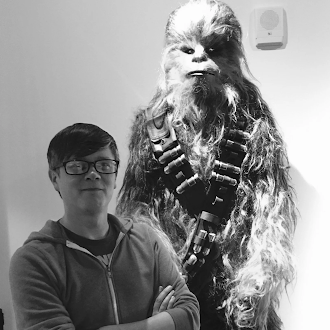
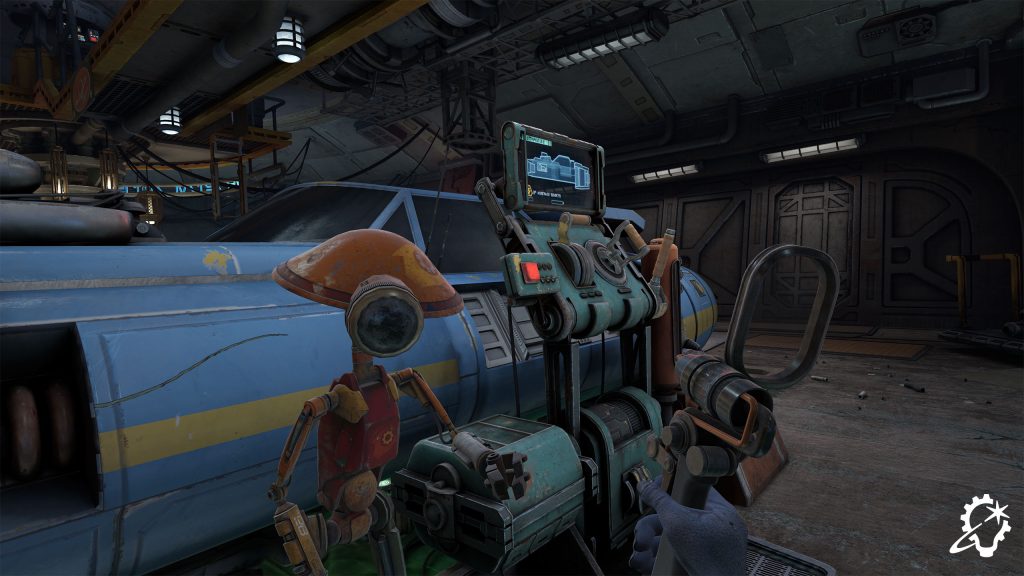
Let’s start with the basics, for those who haven’t heard yet, what is Star Wars: Beyond Victory – A Mixed Reality Playset and what makes it different from previous Star Wars experiences?
Star Wars: Beyond Victory is a mixed reality playset that gives you three ways to experience the fun of the Star Wars galaxy. We have Adventure mode, a short story about an up-and-coming Podracer who’s struggling with grief and the desire for fame. Then we have Arcade mode, which is a really fun, replayable experience that gives you a taste of old-school arcade games with a new mixed reality (MR) twist. And finally, we have Playset mode, where you can literally bring your favorite Star Wars toys to life, scale them up, and have them interact with each other. This is our first time experimenting with mixed reality at this scale, and we wanted to mix it up, no pun intended.
Can you tell us your role in bringing this project to life?
I am the director of Star Wars: Beyond Victory. My job was to work with all the talented artists, programmers, designers, writers, and actors to help bring this experience to life. I get to wear a lot of different hats over the course of development, which keeps me really excited. I came up with the original story, and then worked with our writers and the story team to help flesh it out and give it texture. In this role, I assisted with casting, and I directed the performance capture and voiceover. I was there every day working with the designers, production designers, and artists to help shape the look of the experience and how it feels to move around in mixed reality or drive your Podracer. It’s one of the best jobs in the world, and I’m a very lucky person to have it.
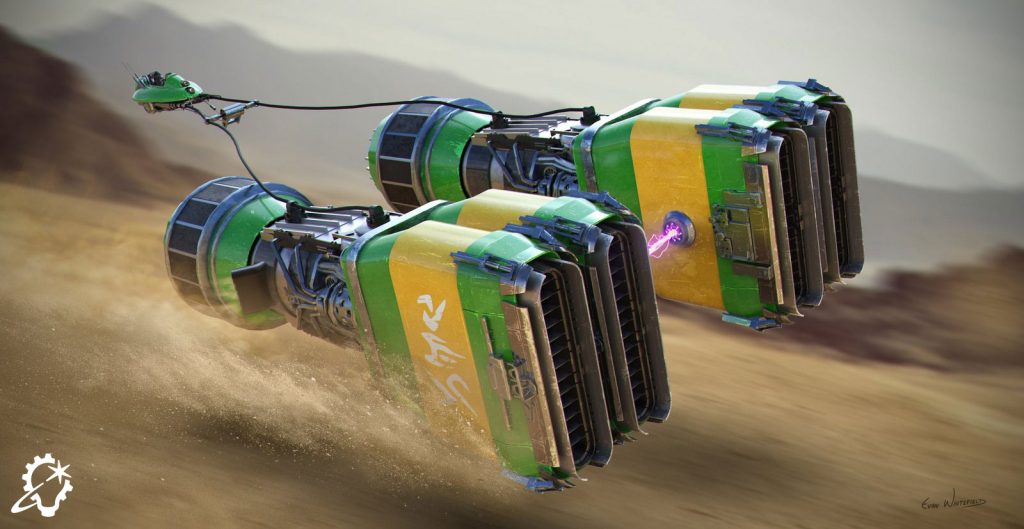
Piggybacking on that, could you describe how your core team at ILM is organized and how you work together in developing a production like this?
Our team is highly cross-disciplinary. The key roles include designers, engineers, and programmers. We have the entire ILM Art Department and a fantastic production team that helps us pull all of this stuff together. We also have marketing folks who join us, especially as we get towards the end of the project to help show our work to the public. I think how we develop it is where things get most interesting. We like to maintain a culture of kindness, but we also like to be honest when something isn’t working and do our best to make it better. It’s a very iterative, humbling, and egoless process. It’s a lot of really smart, intelligent people working together to try and make the best thing they can on the hardware that we have. We try to keep it honest so everyone should be able to say what they need to say, and we really focus on what’s on the screen — what is the best experience for our guests.
Where did the original idea for a mixed reality Star Wars playset come from? Was this always envisioned as an MR experience?
The original idea was actually a virtual reality (VR) playset for filmmakers to help them visualize and compose scenes. It was a tool I created with a few friends in the Advanced Development Group at Lucasfilm and ILM, for directors working on big Hollywood movies. We found that it was a simple, fun tool for them, and when mixed reality became a viable technology, we knew it could be a cool experience that would easily translate to digital action figures.
Can you tell us about why you decided to make the podracing in this experience something that’s top-down on a holotable in third-person vs. a first-person POV?
It’s not truly ‘top-down’ as much as it is a 3D diorama when you’re standing next to it. It was definitely a conscious choice to make it third-person to fit into what we were trying to do here, which is pushing the boundaries of mixed reality. Early on, we knew we wanted to lean into the “Toy” vibe of the Playset and do something unique with the technology. This approach felt like the natural way to achieve that. I’m a big fan of 1980s retro games, so for me, this was about taking those classic arcade concepts and adding a whole new dimension.
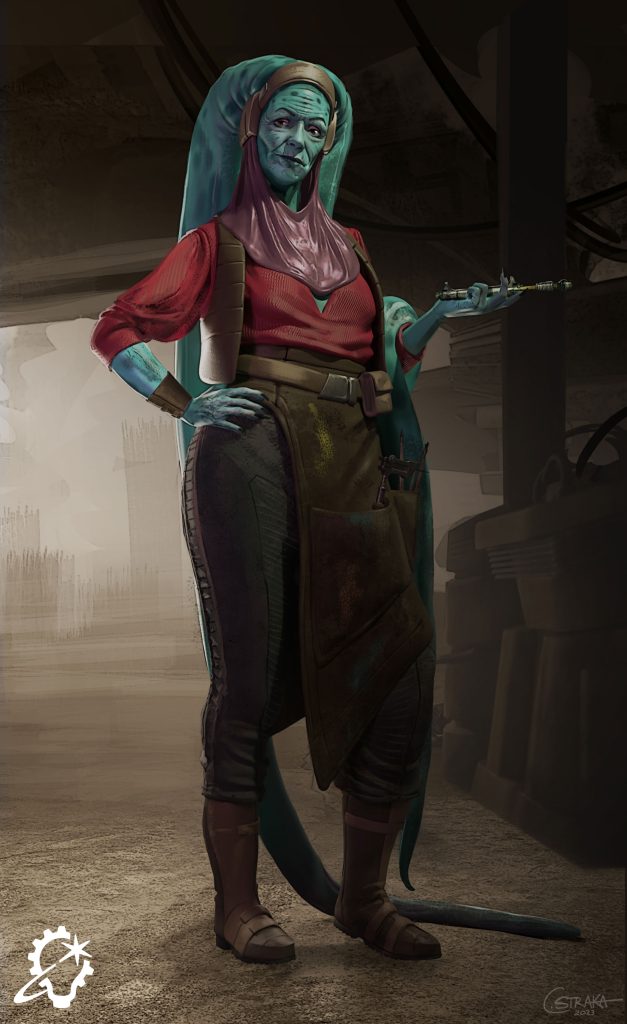
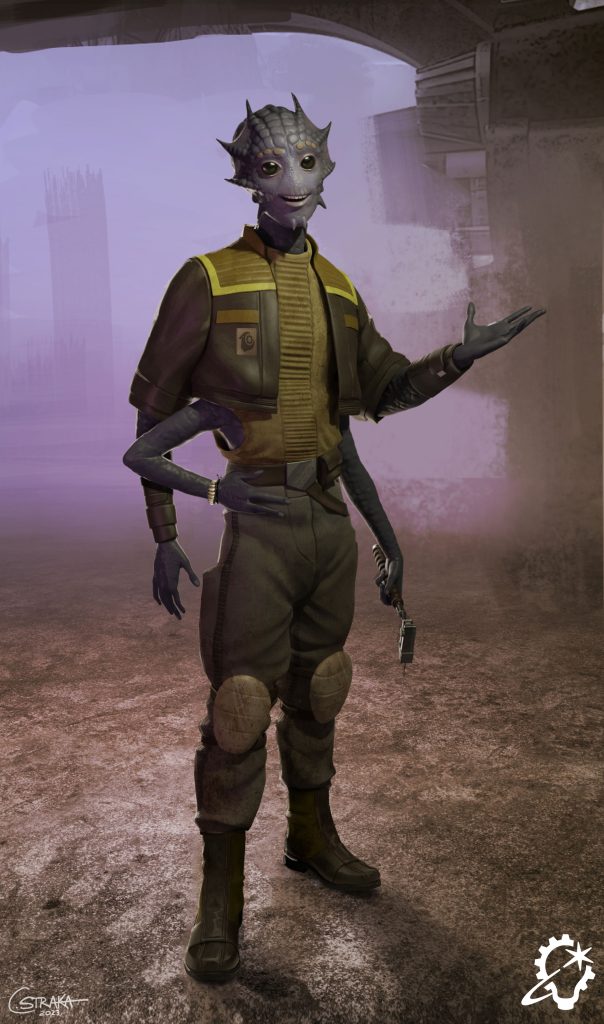
How did you balance innovation with staying true to the Star Wars legacy and canon?
I’m a huge Star Wars fan, so I love working within the established canon. Our innovation came from the way we approached storytelling. This isn’t a galaxy-spanning event; it’s a smaller, personal story. Telling a story in mixed reality is hard, and we made some big choices, like letting the camera cut to express the narrative while you’re looking at miniatures. The key was to balance this innovation with ensuring all the characters and the world fit seamlessly within the broader Star Wars galaxy.
Were there any particular Star Wars films, shows or eras that inspired the tone and style of this experience?
The main inspiration was definitely The Phantom Menace [1999] and the podracing scene. Beyond that, we used the Star Wars galaxy as a palette to tell stories that were interesting to us and that would deepen the world.
Can you explain how you landed on the three distinct modes? How do you balance development for them all since they’re all so different?
We settled on three modes to offer players a variety of experiences. Adventure mode is for those who want a guided story, while Arcade is for replayability and pure fun. Playset is the ultimate sandbox for creativity. The three modes mirror how I experienced Star Wars as a kid: I’d go see the movie (story), hit up the arcade afterward to play the latest Star Wars game, and then go home to play with my toys. This is just a way of bringing a modern version of that nostalgic experience to people today. Balancing development was a challenge because they are so different, but we approached each one as its own mini-project while maintaining a consistent visual style and user interface across all three. This allowed our teams to focus on the unique requirements of each mode without starting from scratch every time.
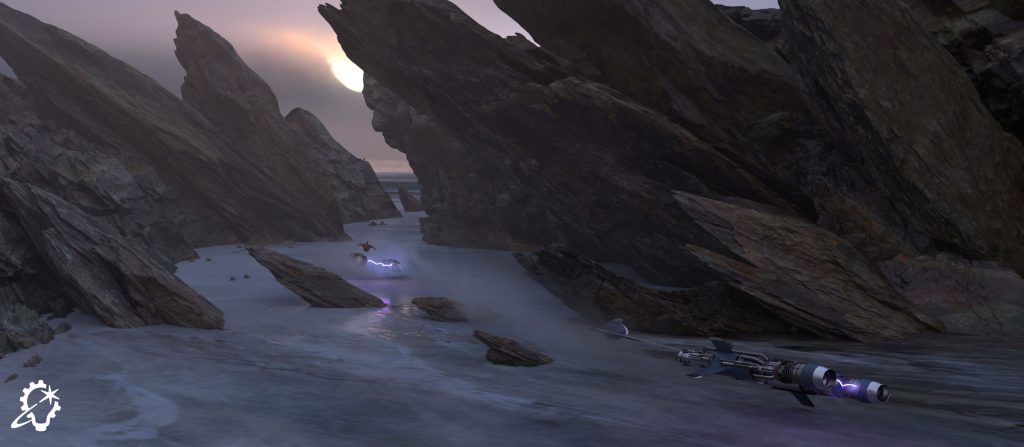
Mixed reality is still new to a lot of fans. How did you approach that, especially for younger players or those new to immersive tech?
Mixed reality is definitely new, and that’s actually really exciting for us. One of the things we love to do here at ILM is really push on new technologies, so it’s a joy to work with Meta and continue to push the boundaries of mixed reality, virtual reality, and, hopefully in the future, augmented reality. For this experience, we knew we had to make it intuitive and accessible. We treat every one of our experiences like it’s the first time someone has ever put on a headset, and this was no different. Making it accessible and user-friendly is something we always come back to; we want to politely walk you through the experience and ensure it’s enjoyable in the most delightful way possible.
Was there a moment during development that made you feel, “This is it. This is Star Wars.”?
Anytime you work on a Star Wars project with ILM and Lucasfilm, you’re going to have those moments. For this one, a couple of moments stand out, especially during the voice recording sessions. Hearing Greg Proops doing the voice for Fode, or Lewis MacLeod voicing Sebulba — it felt like we were right there, talking to those characters! Those performances and the incredible vibe they brought were instantly recognizable. The score was done by Joe Trapanese and Clark Rhee, and what was so awesome about them doing it is that they brought their own unique vibe to the music. We were also able to include some of composer John Williams’ music, and when you mix that in with the new score, you get a fresh, new version of Star Wars that is still very much Star Wars. It’s very exciting.
The audio in this experience is exceptional. Can you talk about what it was like working with Skywalker Sound on Beyond Victory?
Working with the team at Skywalker Sound is always an amazing experience — I’ve been collaborating with them for over a decade now, and they just always bring the heat. They are masters of their craft. It was a true collaboration; they didn’t just provide us with sounds — they worked with us to build a rich, immersive soundscape that elevates the entire experience. They have an incredible library of assets they can pull from across all the films and animated shows. The audio they created for the Podracing alone makes the experience so much more beefy and visceral. Additionally, Kevin Bolin, who is one of the main audio supervisors, provided a lot of great suggestions and even co-directed a couple of parts of this experience. They are truly the best.
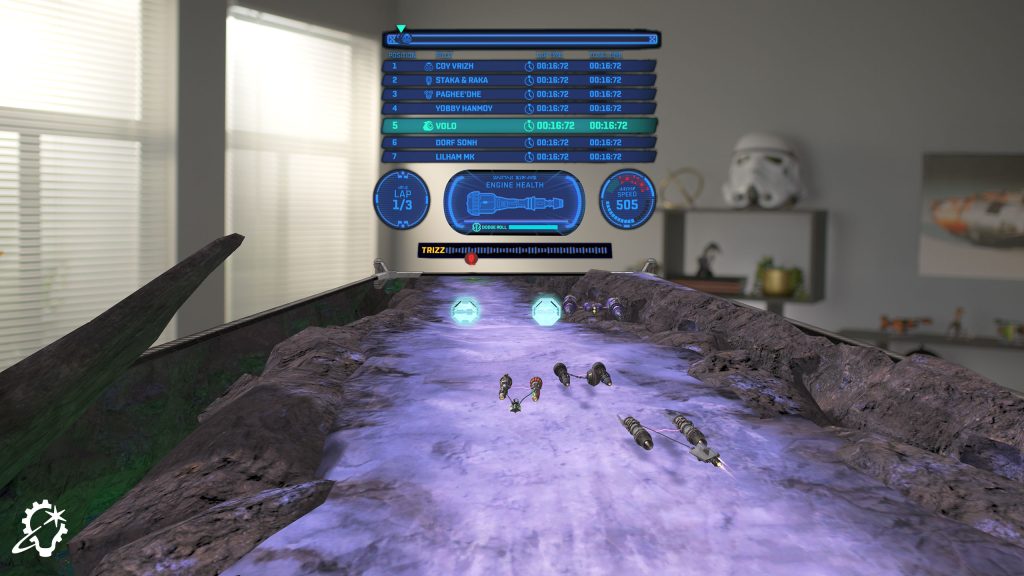
Speaking of sound, let’s talk about the cast of Beyond Victory. What was it like working with such a stellar cast? Were they only involved in the voiceover or did any also do motion capture work?
We are always fortunate to get an amazing cast of voice actors, and this was no different. Between Greg Proops, Fin Argus, Lewis MacLeod, as well as Lilimar Hernandez and Bobby Moynihan — we just had such a great time. One of the things that was so fun is that we actually did a full performance capture for this. The audio that you hear was captured at the same time as they were doing the mocap, so it was super fun to see Greg Proops, Bobby Moynihan, Fin Argus, and all these people in the same room collaborating to bring this to life. They all did such an amazing job and they really elevated the entire experience.
And that’s not even counting the loop group! At Skywalker Sound, we have a loop group of great voice actors who come together to help fill in the world, doing a bunch of background voices and stormtrooper voices. They always do such an amazing job and have worked on the cartoons and films, which brings an authentic Star Wars feel because you’re hearing voices familiar from other Star Wars stories as well. Yes, we had an amazing cast.
I felt like I was reliving my childhood while playing in Playset mode. Were you a fan of the toys growing up and was the intention of Playset to bring some of that nostalgia to life?
Oh yeah, I was a huge fan of Star Wars toys growing up and I’m a huge fan of Star Wars toys now. When I was a kid, I had a bunch of different ones — I had the Ewok Village, I had the Millennium Falcon for a little bit. One of my saddest memories is when I was heading into fourth grade and I gave all my Star Wars toys to Goodwill because I thought I was too old for them, and I immediately regretted it afterwards. It feels like I’ve spent my whole life trying to rebuild that collection! So, this is probably me just tapping into some childhood trauma and trying to bring some of that back [laughs]. Today, my office is full of Star Wars toys.
This must have been a massive cross-disciplinary effort. Can you talk a bit about the collaboration between designers, engineers, writers and the teams at Lucasfilm & Skywalker Sound?
It is a real undertaking. We have a lot of really smart people with a lot of opinions, and getting everybody onto the same page and making sure that we’re working on something we are all proud of is hard to pull off, but I think we did a really good job. Our production team is a big part of that, making sure that all the different disciplines are talking and coming together for the proper meetings. It is a massive cross-disciplinary effort, not just within the people working on Beyond Victory, but you have to remember that we need to fit into the entire Star Wars galaxy. So, we have to be cognizant of all the other projects going on and make sure we fit in that world, too, without breaking canon. A lot of work goes into pulling all of this together, and a great team and production process made it all happen.
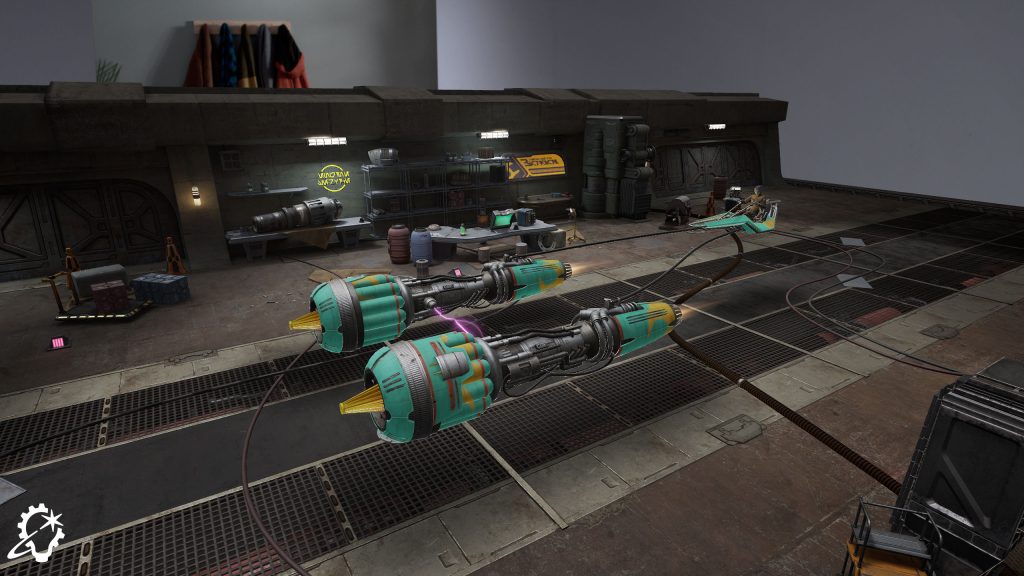
We absolutely love seeing Star Wars comics character Grakkus the Hutt in this. Without getting too spoiler-y, is there a moment in this experience that you think fans are especially going to love? Something that will make them pause and smile?
Hopefully there are a couple of moments like that! Grakkus the Hutt is amazing. He was awesome in the comic books, and we just knew we had to bring him into this experience — he’s just too cool. I can’t wait for people to see him in all his glory when he’s standing above you; he’s literally like 12 feet tall! But I think for me, the real moment was getting to see Sebulba in person. Watching him walk around, just seeing the creature that Sebulba is — for me, as someone who loves The Phantom Menace and the prequels so much, it was really cool. It definitely brought me a lot of nostalgia.
ILM celebrates its 50th anniversary this year, and interactive experiences have continued to play an important role in ILM’s diverse range of storytelling. How does Beyond Victory help carry this interactive legacy forward?
It’s incredible to be celebrating our 50th anniversary this year. We’ve done a lot of interactive work through Lucasfilm and ILM, but Beyond Victory marks a new step for us. We’re breaking technological ground by pioneering at this scale in mixed reality. It also, in an unusual way, echoes our early film history, when we were working with miniatures and seeing the world through that lens. As far as carrying our interactive legacy forward, I hope that people see this project as a successful push into new territory. This is the first mixed reality Star Wars project with a full, integrated experience — a cohesive story, an arcade mode, and a customizable playset. At the heart of this, like all ILM projects, is really the story, and I hope people really appreciate it and that these characters can go forward into the galaxy. We’re always trying to do something different, and we hope the community appreciates this push.
Any final message you’d like to share with ILM.com’s readers?
Thank you to the entire Star Wars and ILM fan community. We’re thrilled by the love we’ve received as we explore new realms like mixed reality. We couldn’t do this without you!
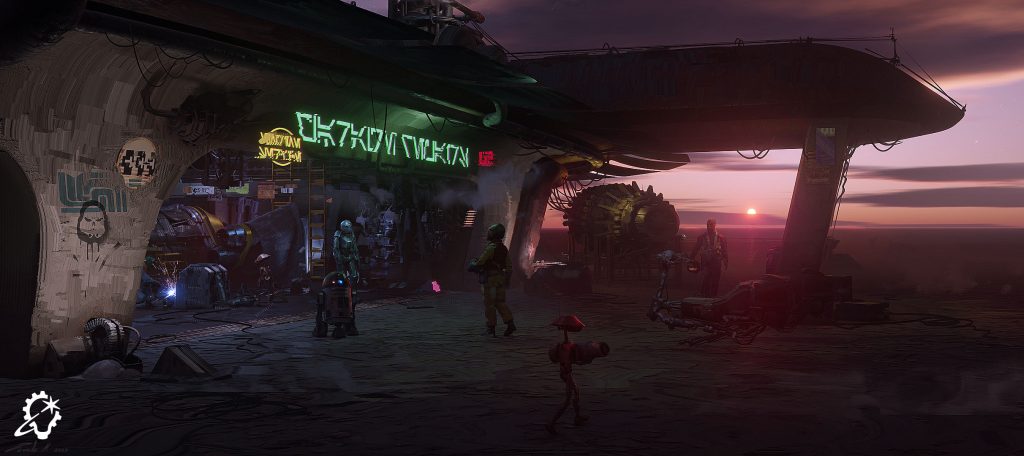
–
Play Star Wars: Beyond Victory – A Mixed Reality Playset now on Meta Quest 3 and 3S headsets.
Learn more about Beyond Victory’s unveiling at Star Wars Celebration 2025.